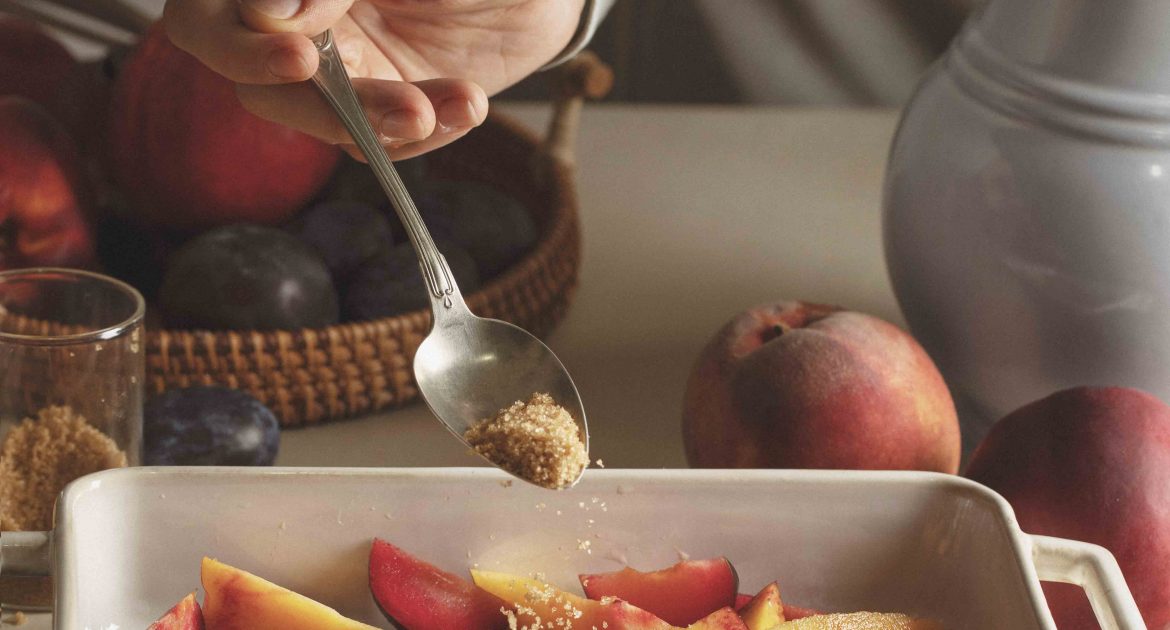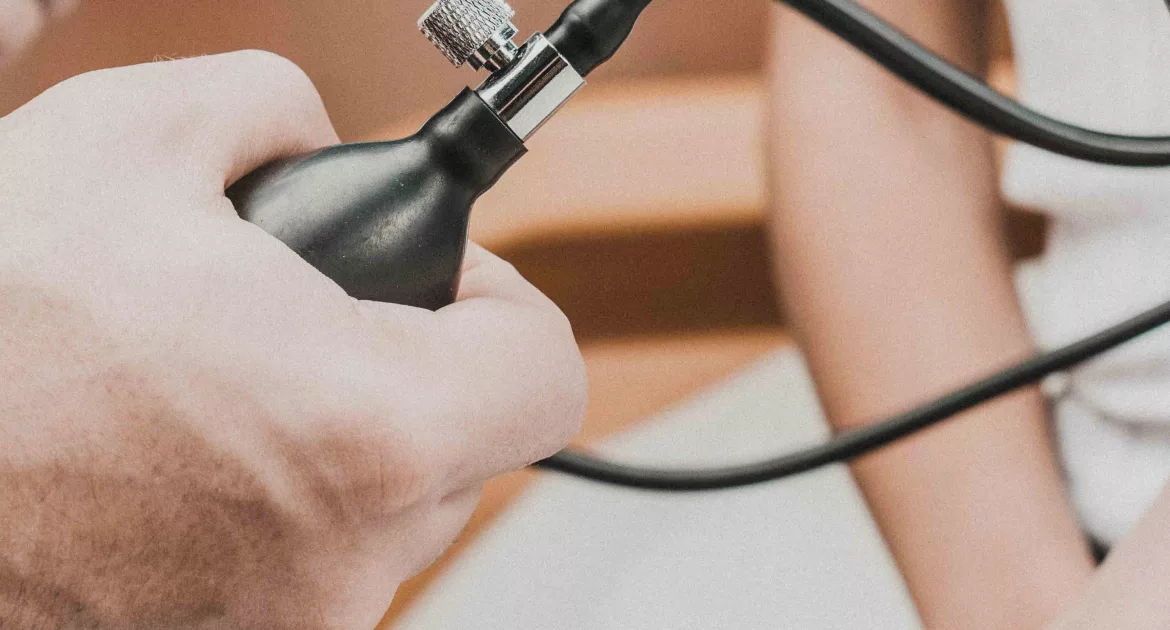Just like the moon goes through phases, so too do the biological rhythms of those who menstruate. Every month, their bodies get ready for the possibility of pregnancy. If pregnancy doesn’t take the stage, the body gets rid of the lining of the uterus, which is what we know as menstruation. While this is a natural and necessary process, it can sometimes bring along menstrual pain, also known as dysmenorrhea. Understanding menstrual pain is important for anyone who experiences it. The pain can range from mild to severe, and it can have a significant impact on your daily life. For some people, it’s just a bit uncomfortable, but for others, it can be so intense that it gets in the way of everyday activities and makes it hard to enjoy life. There are many causes of menstrual pain, and there are also many ways to manage it.
All About The Pain
When it comes to understanding menstrual pain, think of it like a behind-the-scenes tour of the female reproductive system. Imagine this: every month, the uterus gets all dressed up, thickening its inner lining (the endometrium) in preparation for a potential pregnancy. But if no fertilized egg shows up to the party, hormone levels take a nosedive, and the uterus starts shedding this thickened lining. This is what we know as menstruation.
Now, the uterus doesn’t do this shedding solo. It gets a helping hand from contractions, like a muscle flexing during a workout. These contractions are part of the menstrual cycle’s ebb and flow, guided by substances called prostaglandins. These guys are linked to pain and inflammation and hang out in high concentrations in menstrual fluid during the first few days of menstruation. The more prostaglandins there are, the stronger the menstrual cramps can be.
Sometimes, these uterine contractions can get a bit too enthusiastic. They can squeeze against nearby blood vessels, cutting off the oxygen supply to the uterine muscle tissue, and causing pain. While this discomfort is a totally normal part of the menstrual cycle, it’s important to keep an eye on it. If the pain starts to feel different or more intense, it could be a sign of something else going on. That’s why understanding menstrual pain isn’t just about knowing what’s happening, but also about listening to what your body is telling you.
There are two types of menstrual pain or dysmenorrhea: primary and secondary.
Primary dysmenorrhea is the most common type and it’s what many women experience as normal menstrual pain. This typically starts a year or two after a woman begins getting her period, once ovulation begins. Women with primary dysmenorrhea experience pain before and during their periods, typically in the lower abdomen, lower back or thighs.
Secondary dysmenorrhea is caused by a disorder in the woman’s reproductive organs, such as endometriosis, adenomyosis, fibroids, or infection. Pain from secondary dysmenorrhea usually begins earlier in the menstrual cycle and lasts longer than common menstrual cramps.
When is Menstrual Pain Abnormal?
While menstrual pain is common, it’s important to understand when it may be a sign of a more serious problem. The line between normal and abnormal menstrual pain is not always clear and varies from woman to woman. However, there are some signs that could indicate a more serious condition:
- The pain is so severe that it disrupts your daily activities.
- You’re experiencing new or dramatically worsening pain.
- Over-the-counter pain relievers do not alleviate your symptoms.
- The pain lasts for several days or longer, beyond the usual pattern of your menstrual cycle.
- You’re experiencing other symptoms, such as heavy bleeding, pelvic pain not associated with your menstrual cycle, or pain during sex.
When period pain becomes severe or changes in nature, it could be an indicator of underlying health conditions, such as:
1. Endometriosis
One of the most common conditions associated with severe menstrual pain is endometriosis. This is a condition where tissue similar to the uterine lining grows outside of the uterus, causing inflammation and pain. Period pain caused by endometriosis is often more severe than typical menstrual cramps and can last longer.
2. Uterine Fibroids
Uterine fibroids are noncancerous growths in the uterus that can cause heavy periods and severe menstrual cramps. While fibroids are usually benign, they can grow quite large and cause significant discomfort.
3. Pelvic Inflammatory Disease (PID)
PID is an infection of the female reproductive organs, often resulting from sexually transmitted bacteria. One of its many symptoms can be severe menstrual pain. If you’re experiencing heavy menstrual bleeding, pain during sex, or abnormal vaginal discharge along with your period pain, it’s crucial to seek medical attention promptly.
4. Adenomyosis
In adenomyosis, the uterine lining tissue embeds itself into the muscle wall of the uterus. This can cause painful and heavy periods, along with an enlarged uterus.
Things You Can Do To Relief The Pain
1. Apply heat to your lower abdomen
Applying a hot water bottle or heating pad to your lower abdomen can offer immediate comfort. The warmth works its magic by relaxing the contracting muscles in your uterus, easing the pain. Even immersing in a warm bath can provide similar relief.
2. Ensure adequate hydration and eat a healthy diet
Ensuring you’re adequately hydrated can help keep bloating at bay, a common sidekick of period pain. Some find eating smaller, more frequent meals throughout the day, as opposed to three large ones, can also help combat bloating and discomfort. Moreover, incorporating foods rich in magnesium, such as bananas, spinach, and almonds, into your diet can assist in reducing cramps.
3. Engage in gentle activity
The thought of exercising during your period might seem far from appealing, but gentle activity can actually help mitigate cramps. Engaging in low-impact exercises like yoga, walking, or stretching can boost blood circulation and stimulate the production of endorphins, our body’s natural pain relievers.
4. Sip on herbal teas or take herbal supplements
Sipping on herbal teas like chamomile, ginger, or peppermint, renowned for their anti-inflammatory benefits, can help alleviate menstrual cramps. Another herbal remedy you can try is the G Herbal Woman supplement. Designed to help launch the menstrual cycle, relieve menstrual pain, and balance hormones, this supplement can contribute to a more comfortable menstrual experience. As with any supplement, it’s important to consult a healthcare provider before starting a regimen.
5. Take non-prescription painkillers
Non-prescription painkillers such as ibuprofen or naproxen can effectively manage period pain. They function by reducing the production of prostaglandins, hormones responsible for triggering uterine contractions.
6. Incorporate relaxation techniques
Incorporating practices like deep-breathing exercises, meditation, or progressive muscle relaxation can help minimise menstrual pain. These techniques assist in relaxation and stress management, which can often amplify period discomfort.
Additionally, consuming specific vitamins and minerals could aid in reducing your menstrual discomfort, such as:
- Magnesium: Magnesium is a muscle relaxant that can help alleviate menstrual cramps. It’s found in foods such as spinach, almonds, and legumes, and can also be taken as a supplement.
- Vitamin B1 (Thiamine): Studies suggest that Vitamin B1, found in foods like whole grains, beans, peas, and nuts, can help reduce the severity of menstrual cramps. You can also take it as a supplement.
- Vitamin B6 (Pyridoxine): Vitamin B6 helps regulate mood and may reduce symptoms of premenstrual syndrome (PMS) like bloating, irritability, and anxiety, which can exacerbate menstrual cramps. It’s found in foods such as chickpeas, potatoes, and bananas, and can also be taken as a supplement.
- Vitamin E: Vitamin E has been found to have a beneficial effect on reducing menstrual pain in some studies. Foods high in Vitamin E include nuts and seeds, spinach, and broccoli.
- Vitamin D: Vitamin D, crucial for muscle function, might also help reduce menstrual cramps according to some research. You can get Vitamin D by exposing yourself to sunlight, eating certain foods like fatty fish and fortified dairy products, or taking supplements.
- Calcium: Calcium has been shown to help reduce the severity of menstrual cramps. It can be found in dairy products, fortified plant-based milks, leafy green vegetables, and supplements.
Menstrual discomfort, while a common part of the menstrual cycle, doesn’t need to be debilitating. When the pain intensifies, lingers, resists over-the-counter medication, comes with other worrying symptoms, or alters its pattern, this could be a sign of a hidden health issue that requires the expertise of a healthcare professional. In these situations, it’s important to seek medical guidance quickly.

At the end of the day, remember it’s your body, your health, and your wellbeing, so always tune in to what your body is telling you and don’t hesitate to seek help when something doesn’t feel right. Because in the journey of health, you are your own best advocate.





